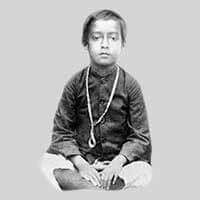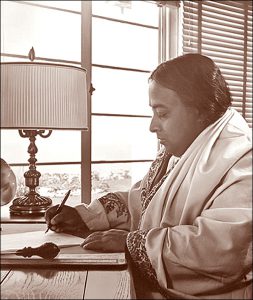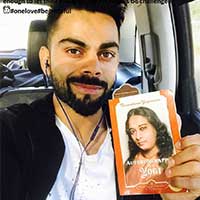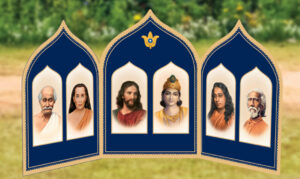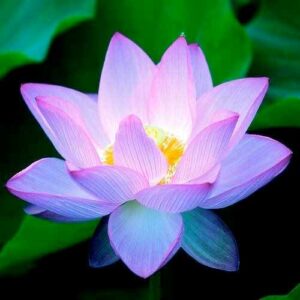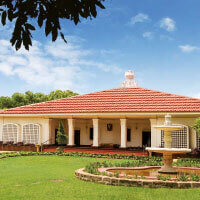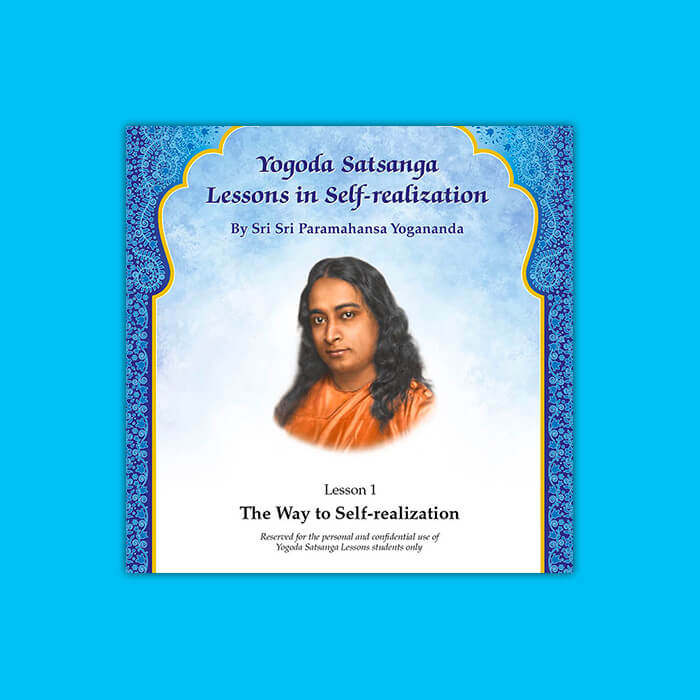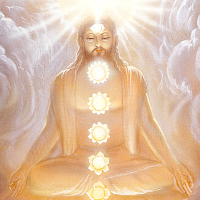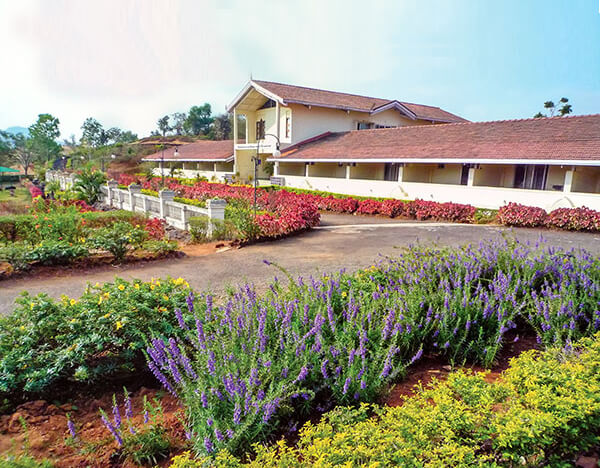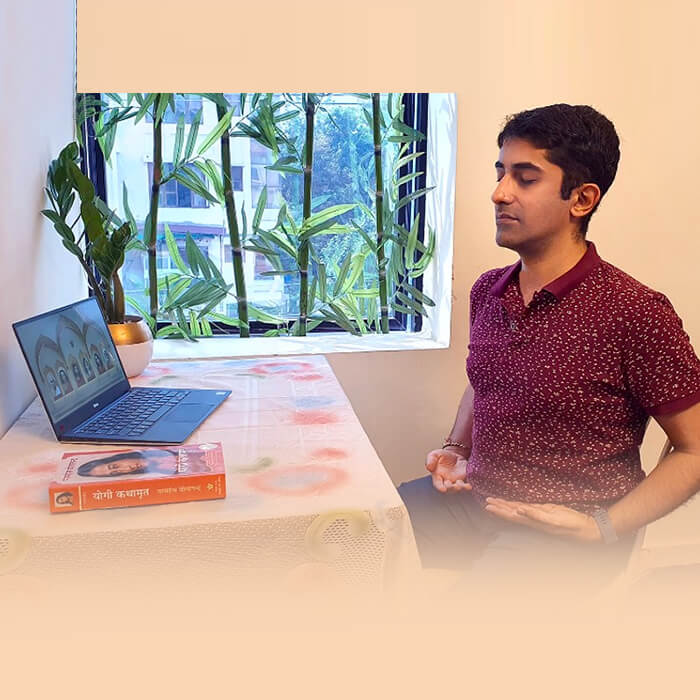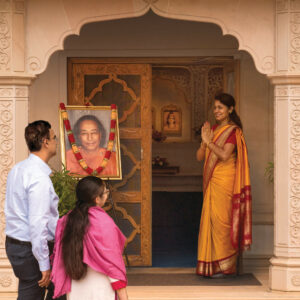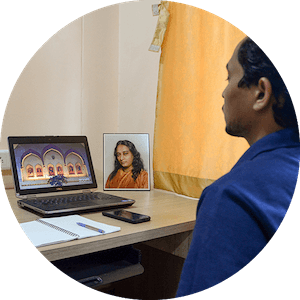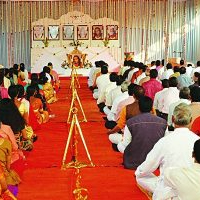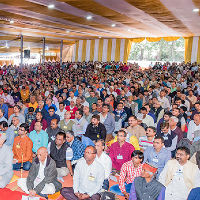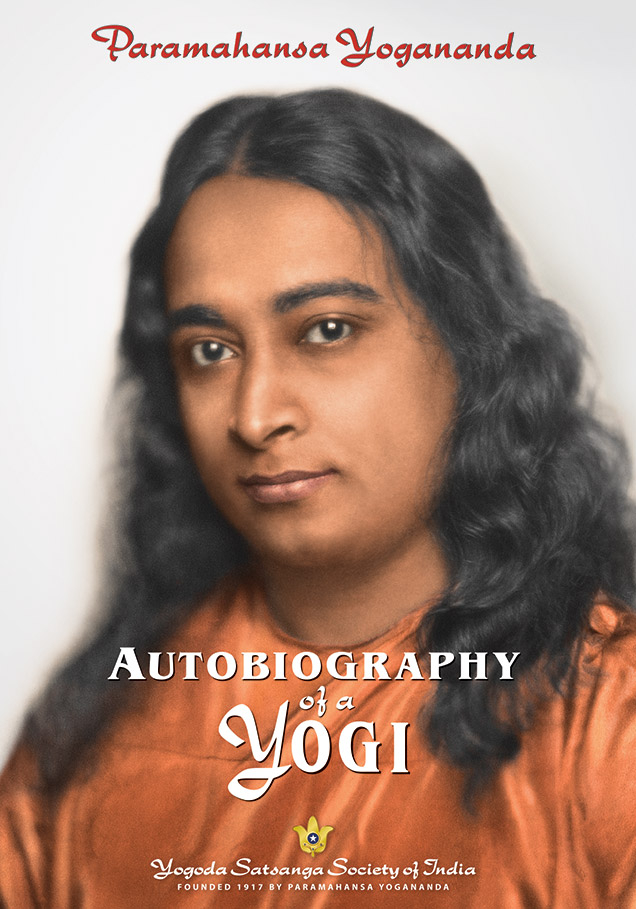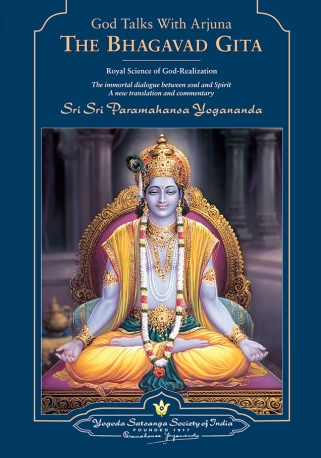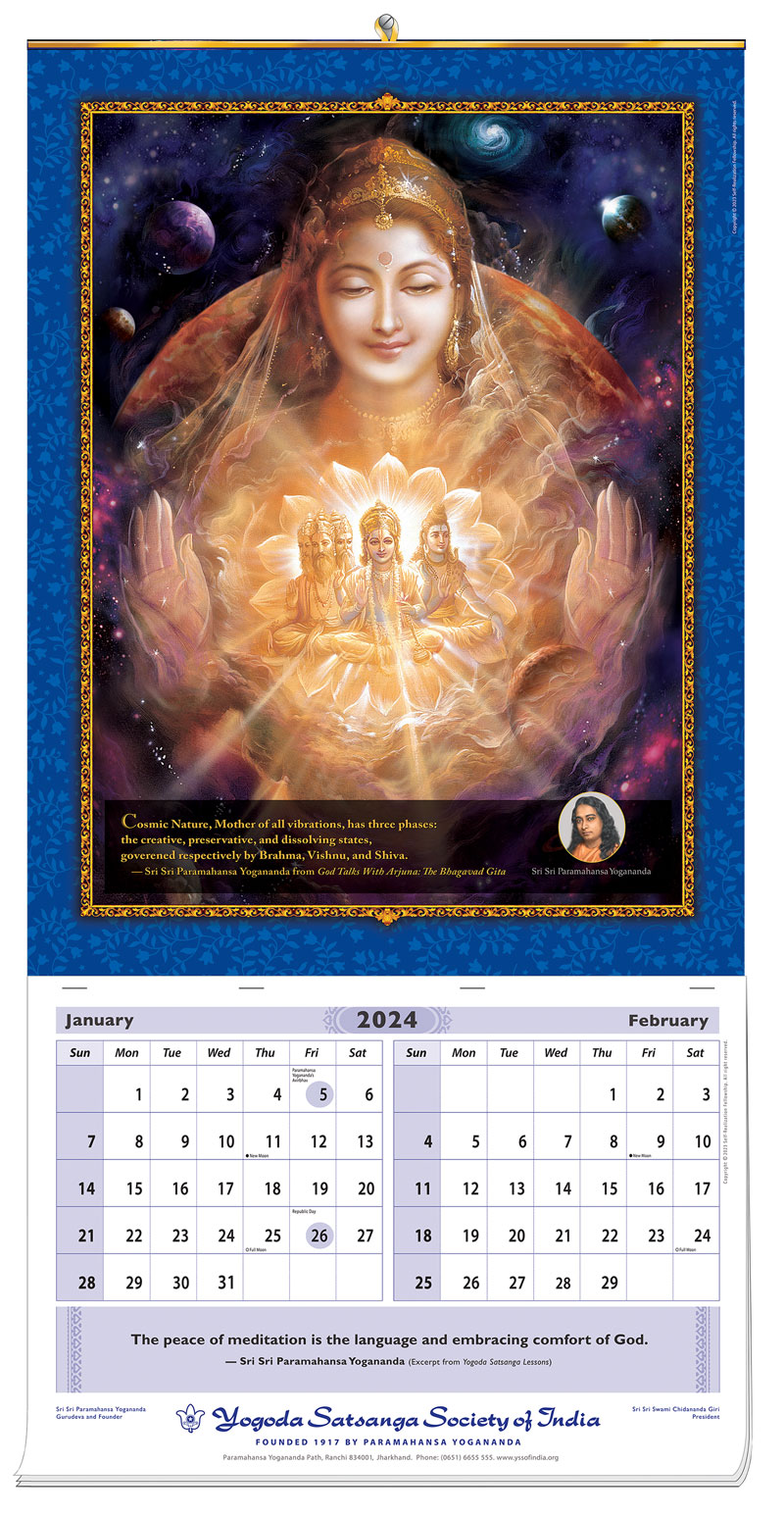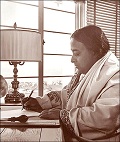
Countless readers of Paramahansa Yogananda’s autobiography have attested to the presence in its pages of that same light of spiritual authority that radiated from his person.
Hailed as a masterpiece when it first appeared in print seventy five years ago, the book sets forth not only the story of a life of unmistakable greatness but a fascinating introduction to the spiritual thought of the East — especially its unique science of direct personal communion with God — opening up to the Western public a realm of knowledge hitherto accessible only to a few. Today, Autobiography of a Yogi is recognised around the world as a classic of spiritual literature.
The Extraordinary History Behind Autobiography of a Yogi
The writing of the work had been prophesied long ago. One of the seminal figures in the renaissance of yoga in modern times, the revered nineteenth-century master Sri Sri Lahiri Mahasaya, had foretold:
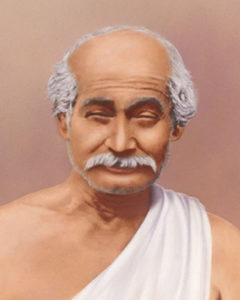
Many years later, Lahiri Mahasaya’s exalted disciple Swami Sri Yukteswar related this prophecy to Sri Yogananda. “You must do your part in spreading that message,” he declared, “and in writing that sacred life.”
It was in 1945, exactly fifty years after Lahiri Mahasaya’s passing, that Paramahansa Yogananda completed his Autobiography of a Yogi, which amply fulfilled both of his guru’s injunctions: providing the first detailed presentation in English of Lahiri Mahasaya’s remarkable life, and introducing to a world audience India’s age-old science of the soul.
A fifteen year labour of love
The creation of Autobiography of a Yogi was a project that Paramahansa Yogananda worked on over a period of many years. Sri Sri Daya Mata, one of his earliest and closest disciples, recalls:
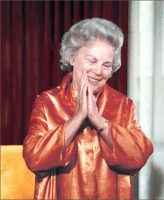
From June 1935 through October 1936, Sri Yogananda had made a return trip to India (via Europe and Palestine) for a last visit with his guru, Swami Sri Yukteswar. While there, he had compiled much factual data for the Autobiography, as well as stories about some of the saints and sages whom he had known and whose lives he was to describe so memorably in the book.
Upon his return to the United States at the end of 1936, he began to spend much of his time at the hermitage that had been built for him in his absence, in Encinitas on the southern California coast. It proved to be an ideal place to concentrate on completing the book he had begun years before.
“Still vivid in my memory are the days spent in that peaceful seaside hermitage, recounts Sri Daya Mata.“He had so many other responsibilities and commitments that he was not able to work on the Autobiography every day; but in general he devoted the evenings to it, and whatever free time he could spare.”
Beginning around 1939 or ’40, he was able to concentrate full time on the book. And full time it was—from early morning until early morning! A small group of us disciples—Tara Mata; my sister, Ananda Mata; Shraddha Mata; and myself—were present to assist him. After each part was typed, he would give it to Tara Mata, who served as his editor.
“What treasured memories! As he wrote he relived inwardly the sacred experiences he was recording. His divine intent was to share the joy and revelations encountered in the company of saints and great masters and in one’s own personal realization of the Divine. Often he would pause for a time, his gaze uplifted and his body motionless, rapt in the samadhi state of deep communion with God. The whole room would be filled with a tremendously powerful aura of divine love. For us disciples, merely to be present at such times was to be lifted into a higher state of consciousness.
“Finally, in 1945, came the jubilant day of the book’s completion. Paramahansaji wrote the last words, ‘Lord, Thou hast given this monk a large family’; then laid down his pen and joyously exclaimed:
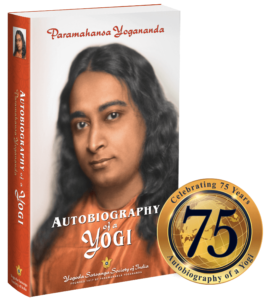
“All done; it is finished. This book will change the lives of millions. It will be my messenger when I am gone.”
It then became Sri Tara Mata’s responsibility to find a publisher. Paramahansa Yogananda had met Tara Mata while conducting a series of lectures and classes in San Francisco in 1924. Possessed of rare spiritual insight, she became one of the small circle of his most advanced disciples. He held her editorial abilities in highest esteem, and used to say that she had one of the most brilliant minds of anyone he had ever met.
He appreciated her vast knowledge and understanding of India’s scriptural wisdom, and remarked on one occasion: “Excepting my great guru, Sri Yukteswarji, there is no one with whom I have more enjoyed talking of Indian philosophy.”
Tara Mata took the manuscript to New York City. But finding a publisher was not an easy task. As can often be observed, the true stature of a great work may not at first be recognised by those of a more conventional cast of mind. Despite the newly born atomic age having enlarged the collective consciousness of humanity with a growing understanding of the subtle unity of matter, energy, and thought, the publishers of the day were hardly ready for such chapters as “Materialising a Palace in the Himalayas” and “The Saint With Two Bodies”!
For a year, Tara Mata lived in a sparsely furnished, unheated cold-water flat while making the rounds of publishing houses. At last she was able to send a cable with news of success. The Philosophical Library, a respected New York publisher, had accepted the Autobiography for publication. “What [she] has done for this book I cannot begin to describe…,” Sri Yogananda said. “But for her, the book would never have gone through.”
A wonderful reception
The book was greeted by readers and by the world press with an outpouring of appreciative praise.
The New York Times proclaimed it “a rare account.”
Newsweek reported, “Yogananda’s book is rather an autobiography of the soul than of the body….It is a fascinating and clearly annotated study of a religious way of life, ingenuously described in the lush style of the Orient.”
A second edition was quickly prepared, and in 1951 a third. In addition to revising and updating portions of the text, and deleting some passages describing organisational activities and plans that were no longer current, Paramahansa Yogananda added a final chapter—one of the longest in the book — covering the years 1940–1951.
In a footnote to the new chapter, he wrote, “Much new material in Chapter 49 has been added to the third edition of this book (1951). In response to requests made by a number of readers of the first two editions, I have answered, in this chapter, various questions about India, yoga, and Vedic philosophy.”
Additional revisions made by Paramahansa Yogananda were included in the seventh edition (1956), as described in a Publisher’s Note to this edition. All of Yogoda Satsanga Society of India/Self-Realization Fellowship’s current editions incorporate Yogananda’s wishes for the final text of the book.
A legacy that continues
With the passing years “thousands of readers” became millions, and the enduring and universal appeal of Autobiography of a Yogi has become increasingly apparent. It is still appearing on spiritual and inspirational best-seller lists sixty years after it was first published — a rare phenomenon! Available in many translations, it is now being used in colleges and universities all over the world in courses ranging from Eastern philosophy and religion to English literature, psychology, sociology, anthropology, history, and even business management. As predicted more than a century ago by Lahiri Mahasaya, the message of yoga and its ancient tradition of meditation has indeed encircled the globe.
In the book’s final chapter, Paramahansa Yogananda writes of the profound assurance which has been affirmed by saints and sages of all the world’s religions down through the ages:
“God is Love; His plan for creation can be rooted only in love. Does not that simple thought, rather than erudite reasonings, offer solace to the human heart? Every saint who has penetrated to the core of Reality has testified that a divine universal plan exists and that it is beautiful and full of joy.”
As Autobiography of a Yogi continues in its second half-century, it is our hope that all readers of this inspiring work — those who are encountering it for the first time as well as those for whom it has become a long-cherished companion on life’s path — will find their own souls opening to a deeper faith in the transcendent truth that lies at the heart of life’s seeming mysteries.


